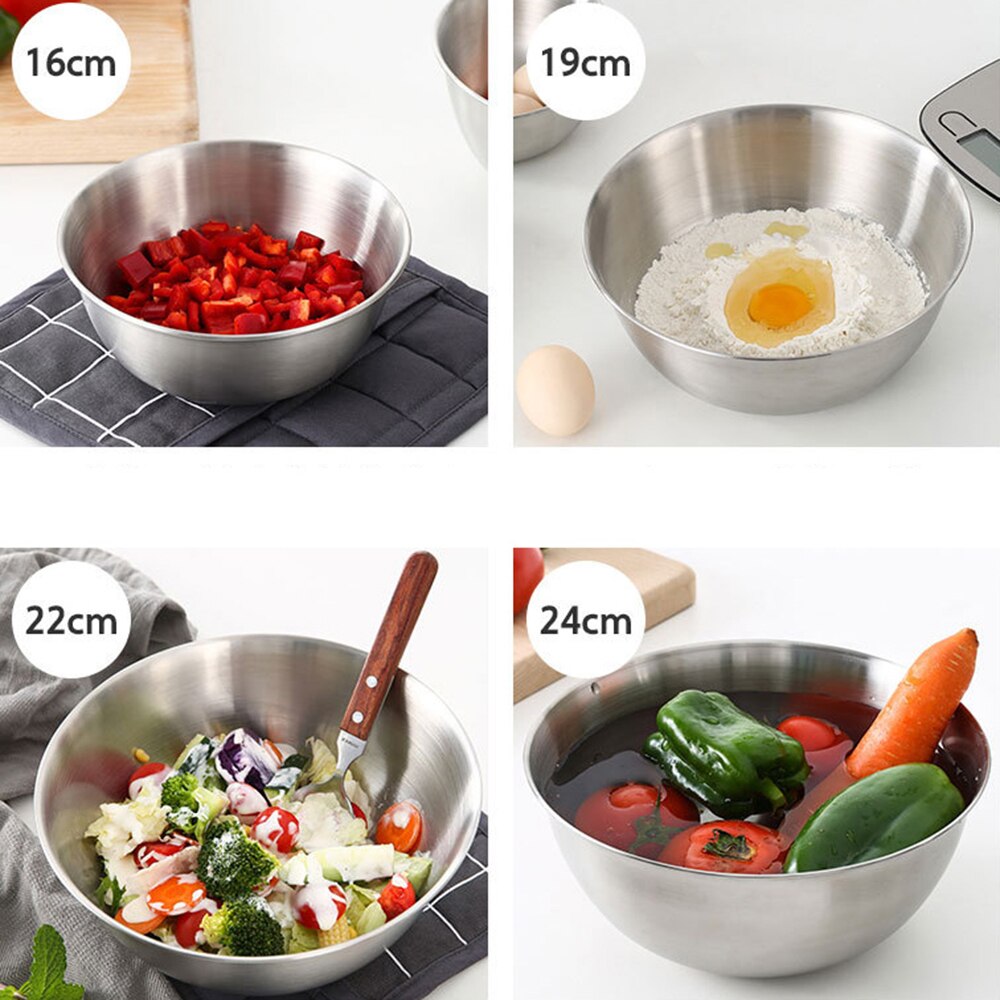Achieving the perfect espresso shot is a quest for many coffee lovers. It’s a delicate dance of pressure, temperature, grind size, and—crucially—extraction time. While a fancy espresso machine boasts impressive technology, understanding and mastering extraction time is the key to unlocking truly exceptional espresso. This comprehensive guide will delve into the nuances of measuring and adjusting your espresso extraction time, helping you pull consistently delicious shots, every time.
Why Extraction Time Matters: The Heart of Espresso Quality
Extraction time, simply put, is the duration the hot water is in contact with the coffee grounds during the brewing process. This period determines how much of the coffee’s soluble compounds—the flavors, aromas, and body—are extracted into the espresso. Too short an extraction (under-extraction), and your espresso will taste sour, acidic, and under-developed. Too long an extraction (over-extraction), and it will be bitter, astringent, and burnt tasting.
The ideal extraction time is generally considered to be between 25-30 seconds, although this can vary slightly depending on factors like bean type, roast level, and personal preference. However, consistency is key. Aiming for a consistent extraction time within this range is far more important than hitting a precise number every single time.
Measuring Extraction Time: Tools and Techniques

Accurately measuring your espresso extraction time requires a simple yet crucial tool: a stopwatch or timer. While many espresso machines have built-in timers, a separate stopwatch offers more precision and flexibility. Start the timer the moment you initiate the brewing process (when the water starts flowing) and stop it when the shot is complete.
Beyond a timer, observing the espresso itself provides valuable clues. A properly extracted shot will typically flow steadily, initially appearing as a rich, dark brown stream that gradually lightens into a light honey-brown color towards the end. This transition is a visual indicator of a well-balanced extraction. Note that the “blonding” (the lighter end of the shot) should be a gradual change, not an abrupt shift.
Adjusting Extraction Time: The Key Variables

If your espresso shots are consistently under or over-extracted, several variables can be adjusted to fine-tune your extraction time. Let’s explore the most important ones:
1. Grind Size: The Primary Adjustment
Grind size exerts the most significant impact on extraction time. A coarser grind will result in a faster extraction time, while a finer grind will lead to a slower extraction time. If your shots are consistently too fast, try a slightly finer grind. Conversely, if they’re too slow, opt for a coarser grind. Make these adjustments incrementally, taking notes after each change to monitor the impact on extraction time and taste.
2. Dose: Coffee Quantity Matters
The amount of coffee grounds (the dose) you use also influences extraction time. A larger dose will generally prolong the extraction, while a smaller dose might shorten it. This relationship is less impactful than grind size, but it’s worth considering when fine-tuning your espresso shots. Ensure your dose remains consistent to minimise this variable’s effect.
3. Tamping Pressure: Even Distribution is Crucial
Consistent tamping pressure is essential for even water distribution across the coffee puck. Inconsistent tamping leads to uneven extraction, resulting in inconsistent flavour profiles and extraction times. Aim for a firm, consistent tamp—avoid over-tamping, which can restrict water flow and lead to channeling.
4. Water Temperature: A Subtle Influence

Water temperature plays a less prominent role than grind size, but it still impacts extraction. Slightly hotter water can expedite extraction, while cooler water may slow it down. However, significant temperature changes can drastically affect the flavour profile, so only make minor adjustments if necessary. Most espresso machines allow you some control over water temperature, but always consult your machine’s manual.
Troubleshooting Common Extraction Issues
Here’s a breakdown of common extraction problems and how to address them:
- Sour, Under-extracted Espresso (Fast Extraction): Finer grind, increase dose slightly, ensure proper tamping.
- Bitter, Over-extracted Espresso (Slow Extraction): Coarser grind, reduce dose slightly, check for channeling (uneven extraction due to inconsistent tamping).
- Inconsistent Extraction: This points to issues with grind consistency, tamping technique, or uneven puck preparation. Address each of these elements separately and systematically.
Dialing In Your Espresso: Patience and Persistence

Mastering espresso extraction is a journey, not a destination. It requires patience, attention to detail, and a willingness to experiment. Keep detailed records of your grind size, dose, tamp pressure, and extraction times. This will help you track your progress and identify the ideal settings for your specific coffee beans and espresso machine. Remember that every bean is unique, so the perfect parameters will vary from roast to roast.
Don’t be discouraged by initial setbacks. Each shot you pull is a learning opportunity. Embrace the process, savor the journey, and enjoy the delicious rewards of perfectly extracted espresso!


